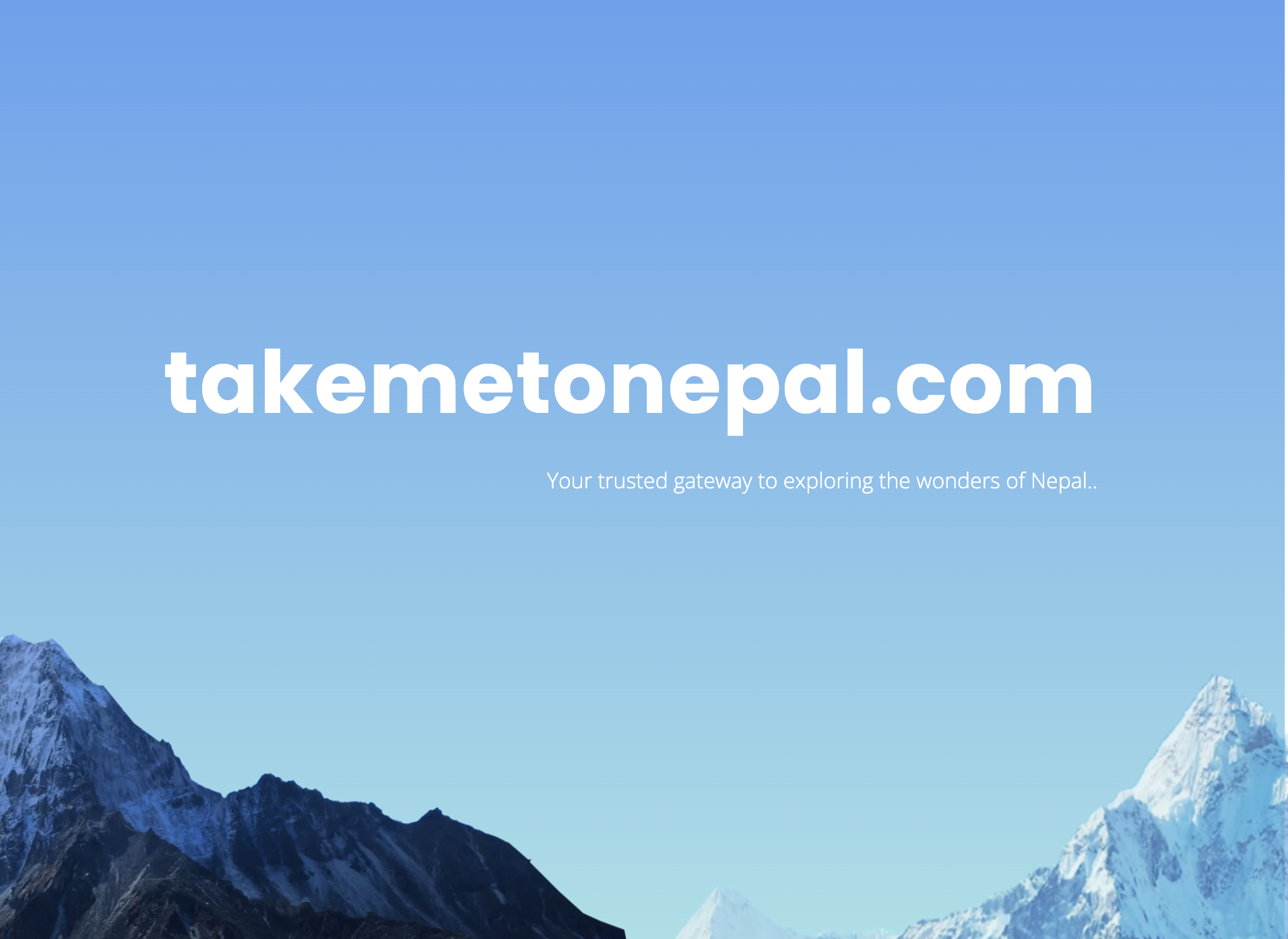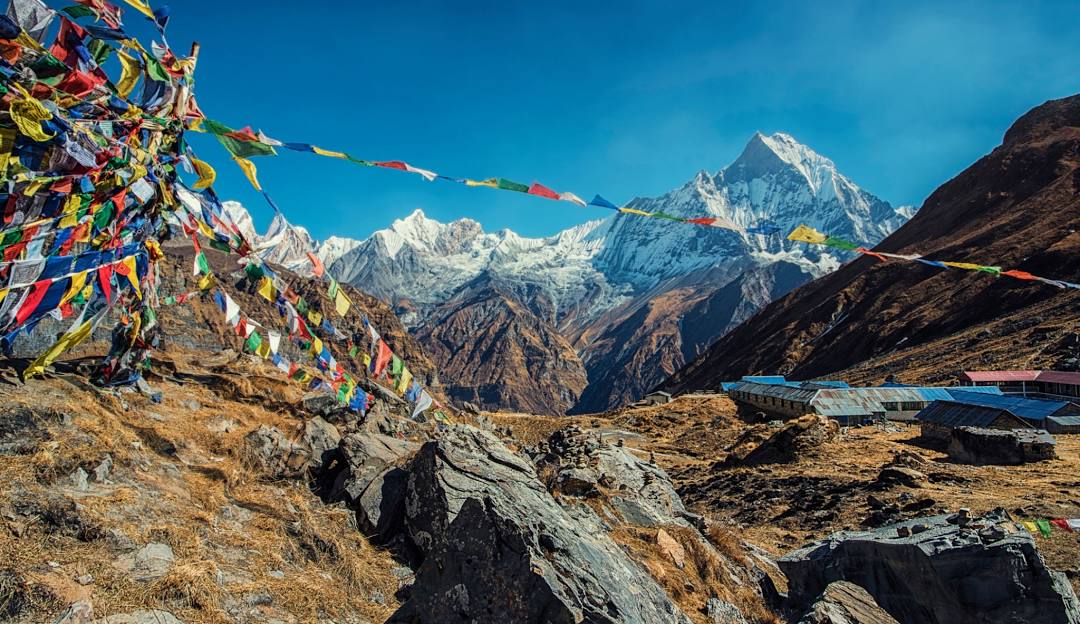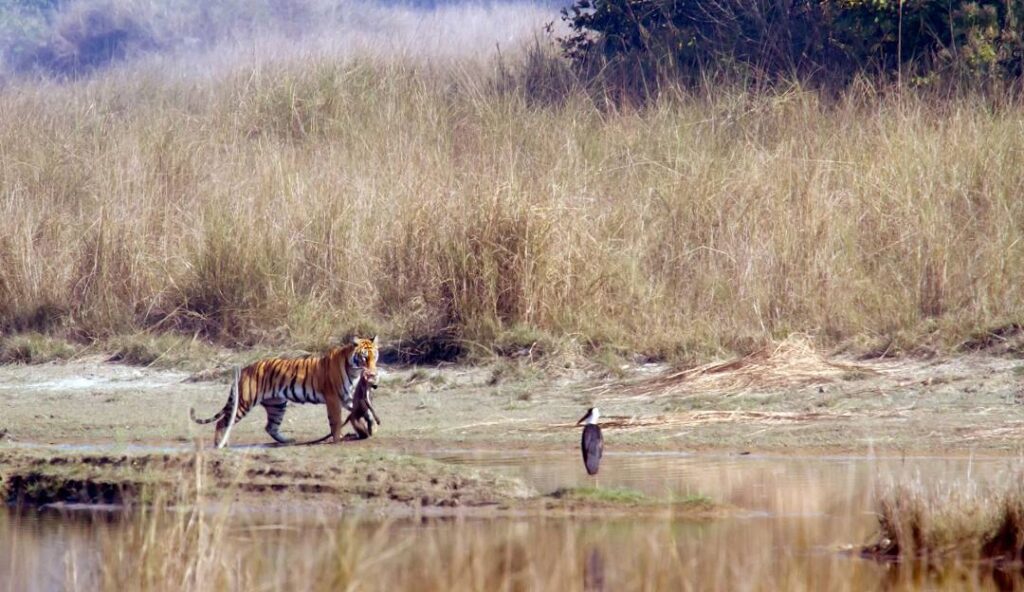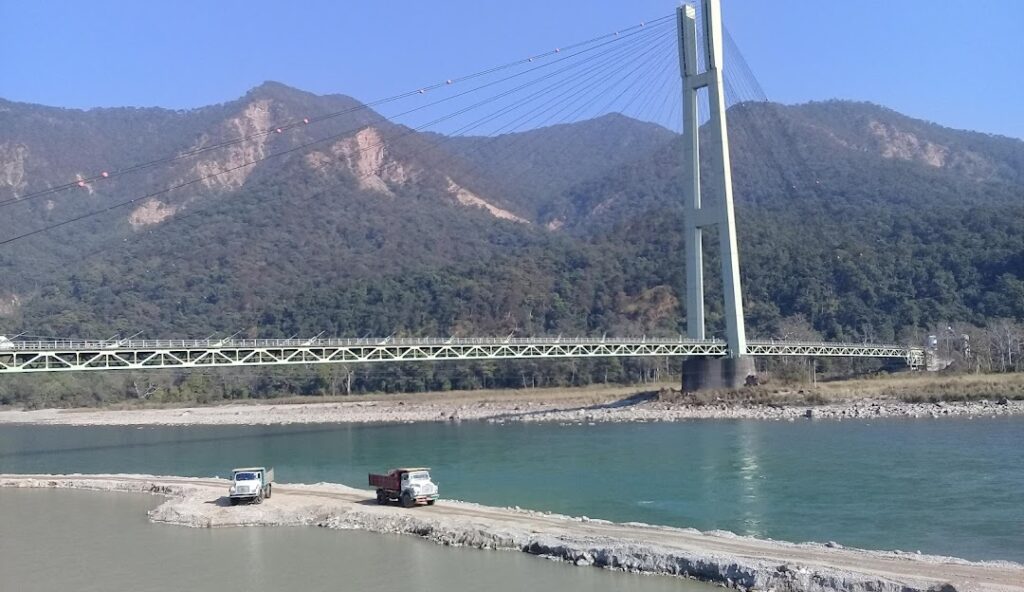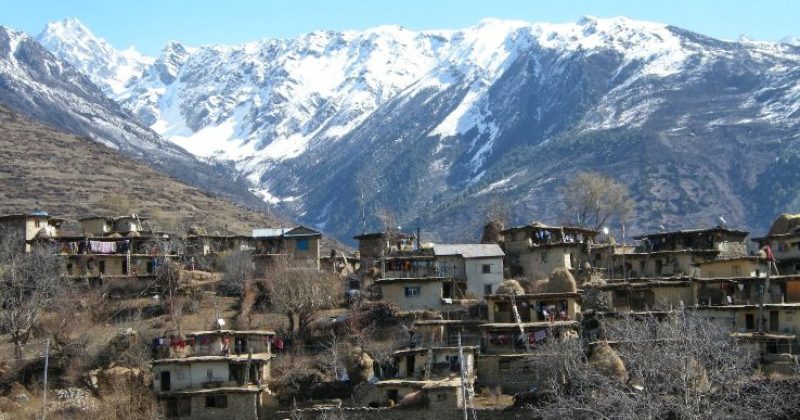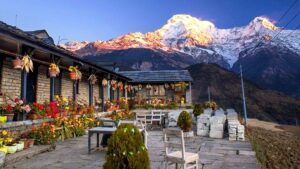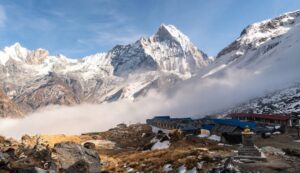Rara Lake Trek
Exploring Nepal’s Tranquil Himalayan Gem

Location
Rara Lake is located in the remote Northwestern region of Nepal, in the Mugu District of the Karnali Province, within the Rara National Park.
Best Time to Visit
The best time to visit Rara Lake is during the spring (March-May) and autumn (September-November) seasons when the weather is clear and the temperatures are mild.

Duration
The trek typically takes 7-12 days, depending on the chosen route and pace of travel.

Difficulty Level
Moderate to difficult. The trek involves long days of walking through rough terrain, with some steep ascents, but it’s manageable for trekkers with good fitness levels.

Elevation
The highest point on the trek is around 3,100 meters (10,170 feet) at Rara Lake itself.
Overview
Rara Lake Trek takes you to the stunning Rara Lake, the largest lake in Nepal, located in the remote and less-trodden area of Mugu District in the northwestern region.
With crystal-clear water surrounded by lush forests and snow-capped peaks, Rara Lake is a true hidden gem, offering a serene escape from the hustle and bustle of other trekking regions. The trek is known for its untouched beauty, remote villages, and tranquil landscapes.
This trek is perfect for those looking for an off-the-beaten-path adventure. As you make your way through the isolated wilderness of the Karnali region, you’ll be rewarded with breathtaking views of the surrounding mountains, pristine forests, and vibrant local culture. The Rara Lake Trek is a challenging yet incredibly rewarding experience that offers an authentic taste of rural.
Rara Lake, located within Rara National Park, is a national treasure of Nepal. The lake spans an area of 10.8 square kilometers and has a depth of around 167 meters. It is surrounded by alpine meadows, dense forests, and towering snow-capped peaks.
The journey to Rara Lake offers trekkers the opportunity to explore some of Nepal’s most untouched landscapes, including ancient pine forests, deep valleys, and remote villages that are largely untouched by modernity.

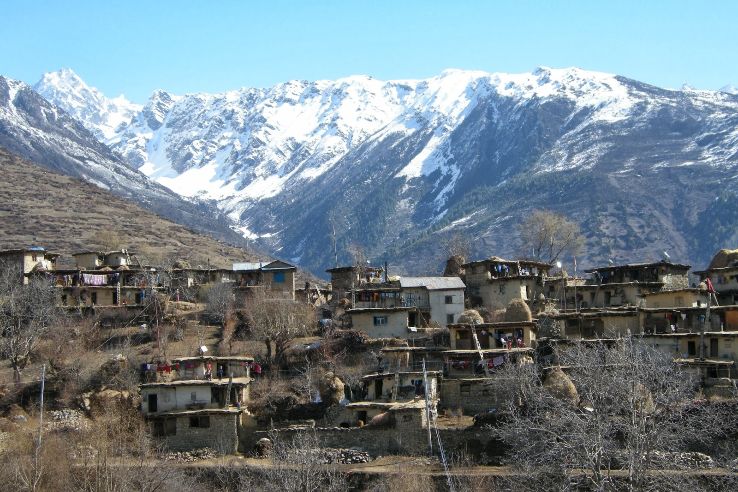
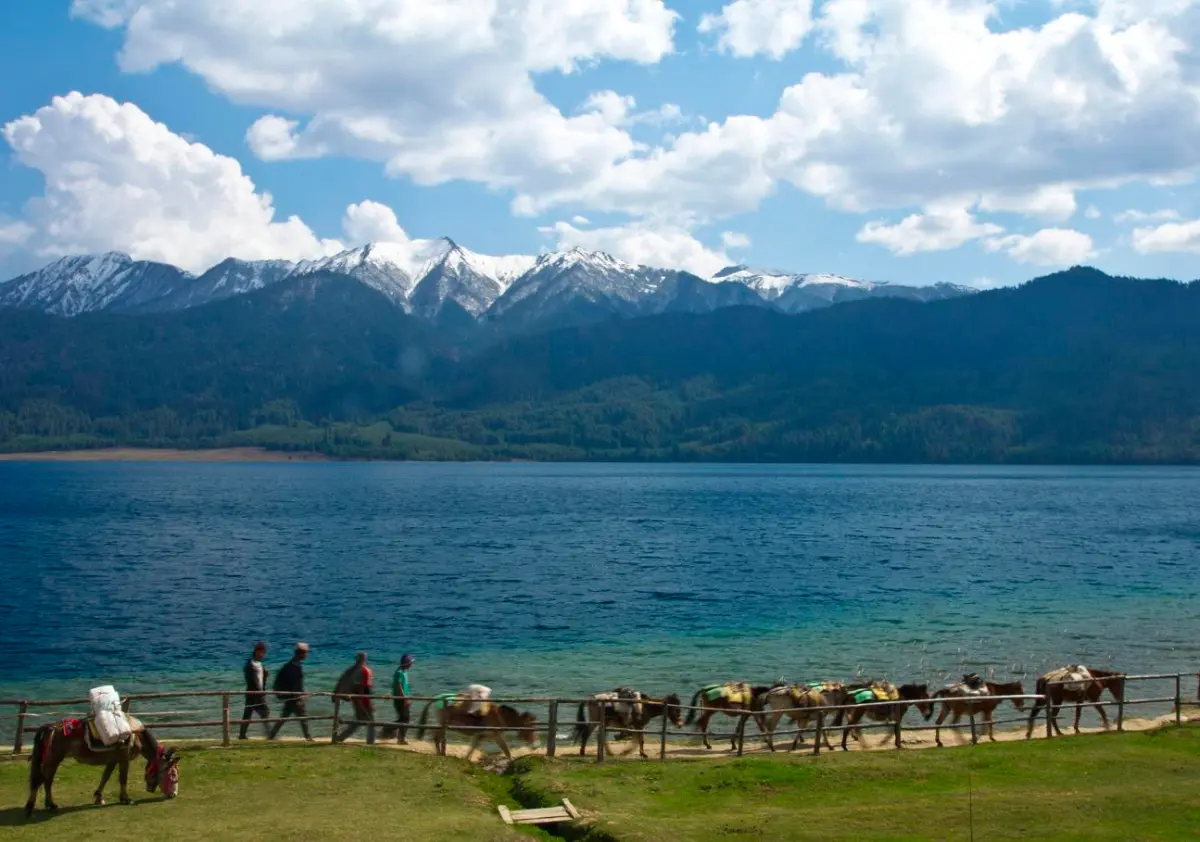
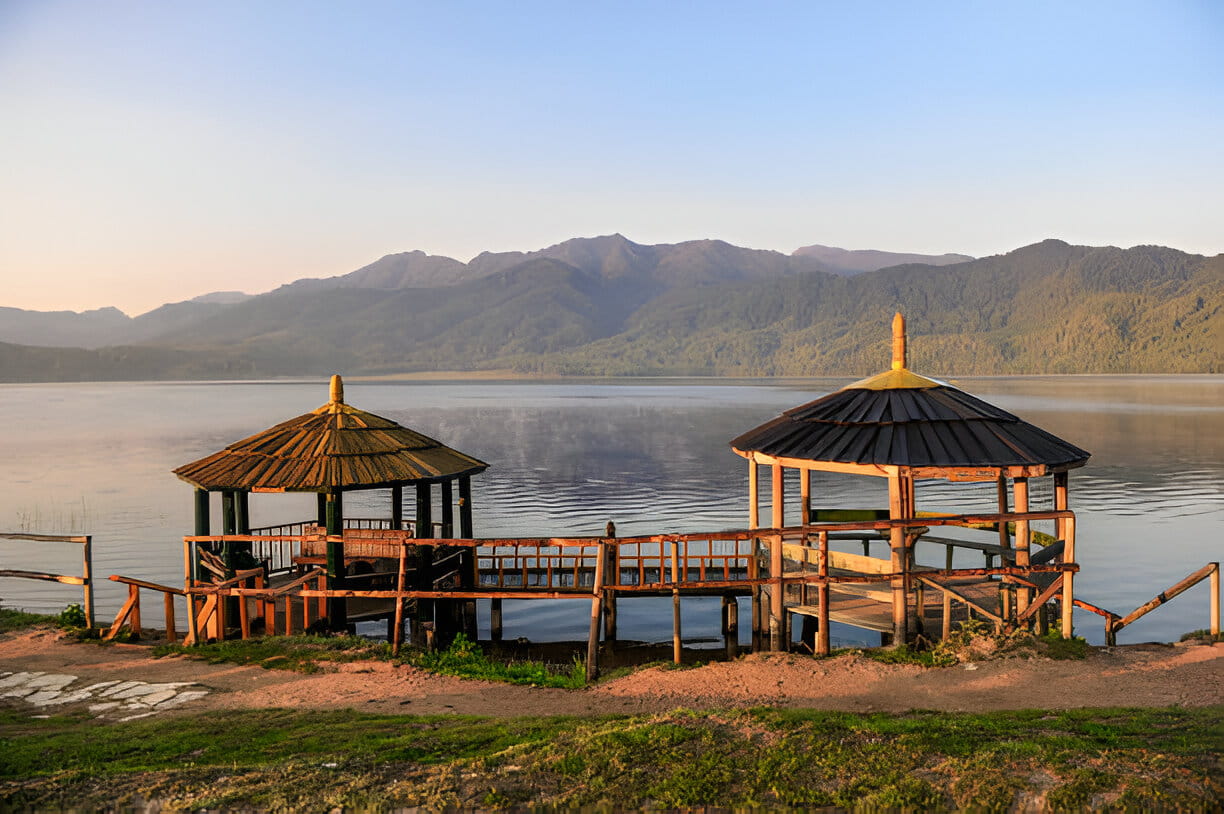
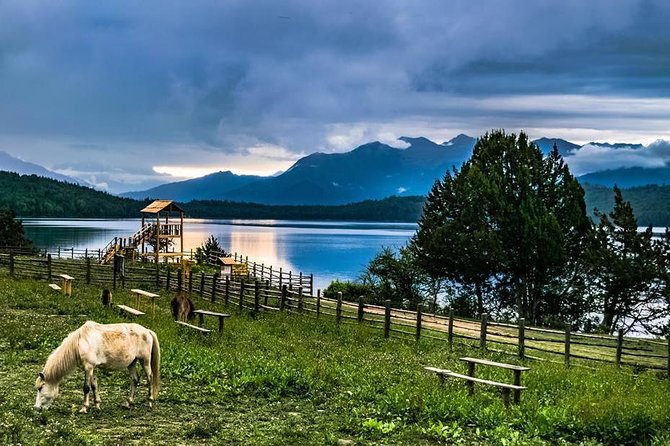
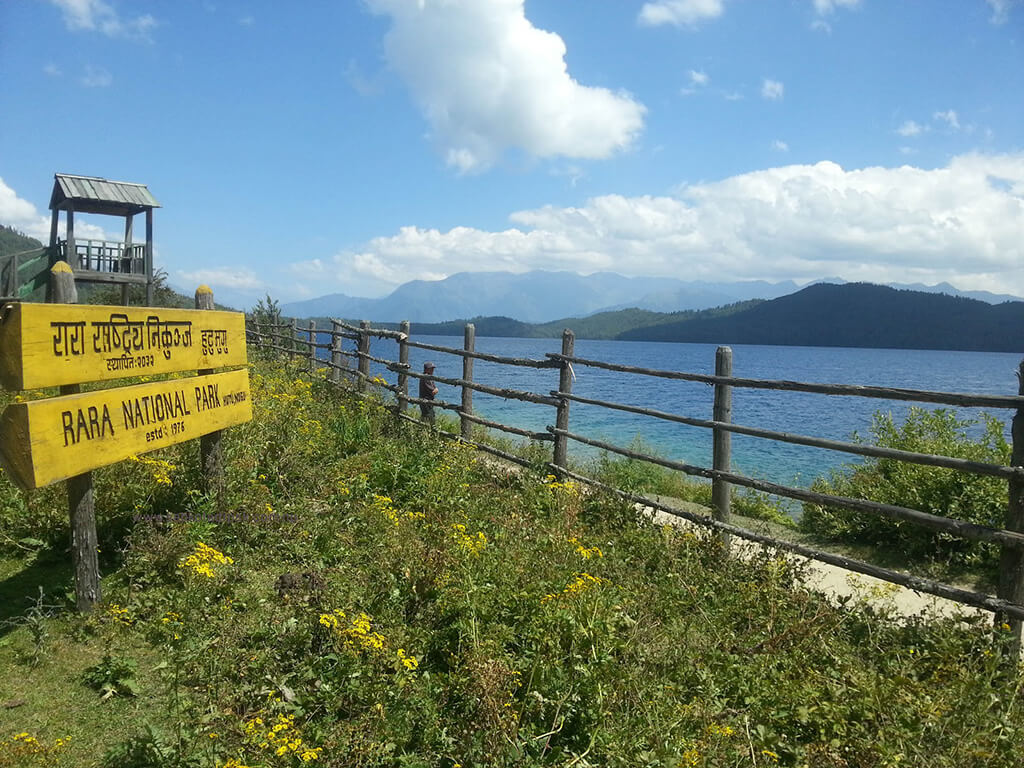
Weather and Climate
The weather in Rara Lake Trek varies significantly with elevation. At lower altitudes, the climate is moderate, while higher altitudes experience colder temperatures. The trekking season is mostly during the spring and autumn, as winter temperatures can be too harsh, and summer may bring heavy rainfall.
- Lower altitudes (1,500m-2,500m): Temperatures range from 10-20°C during the day and drop to around 5°C at night.
- Rara Lake (2,990m): During the day, temperatures hover around 5-15°C, but at night, temperatures can drop to around 0°C, especially during the winter months.
Spring and autumn are the best times to visit when the weather is mild, and the skies are clear.
Geological Information
The Rara Lake area is located in the Himalayas and is part of the Trans-Himalayan region. The landscape is characterized by rugged terrain, alpine meadows, and dense forests.
The lake itself is situated in a bowl-shaped valley surrounded by snow-capped peaks, making it an incredibly picturesque location.
The region is geologically significant for its diverse rock formations, pristine glaciers, and dramatic landscapes. Rara Lake is situated in a tectonically active zone, meaning that the region experiences seismic activity.
However, the natural beauty of the area is what draws trekkers, with its pristine environment and untouched natural features.
Flora and Fauna
The Rara Lake Trek offers a rich diversity of flora and fauna due to the variety of ecosystems along the way. The trek passes through subtropical forests, temperate zones, and alpine meadows, offering trekkers the chance to see a variety of wildlife and plant species.
- Flora: The trek goes through forests of pine, oak, and rhododendron, with alpine meadows providing lush vegetation. The area is also known for medicinal plants and alpine flowers.
- Fauna: Rara National Park is home to a wide range of wildlife, including musk deer, Himalayan black bear, and Himalayan tahr. Birdwatchers will also enjoy spotting various species of pheasants, eagles, and other Himalayan birds.
History and Culture
Rara Lake is not only a natural wonder but also holds cultural importance for the local communities. The inhabitants of this region are a mix of Chhetris, Magars, and Tibetan communities, who live off the land by farming, herding livestock, and trading with nearby regions.
The culture is deeply rooted in both Buddhist and animist traditions, and you’ll come across small monasteries, stupas, and prayer flags along the trek.
The local people are warm and welcoming, and many of the trekking routes pass through villages where you can interact with the locals and learn about their traditional lifestyles.
People and Customs
The local people along the Rara Lake Trek belong to various ethnic groups, including Chhetris, Magars, and Tibetan communities. Their culture and lifestyle have remained largely unchanged for centuries. They follow a mix of Buddhist and animist traditions and live simple, rural lives based on farming and animal husbandry.
The cultural heritage of the region is rich and diverse, with locals celebrating various festivals such as Lhosar, Buddha Jayanti, and other local traditions.
Trekking through these villages allows you to immerse yourself in the unique customs and traditions of this remote part of Nepal.
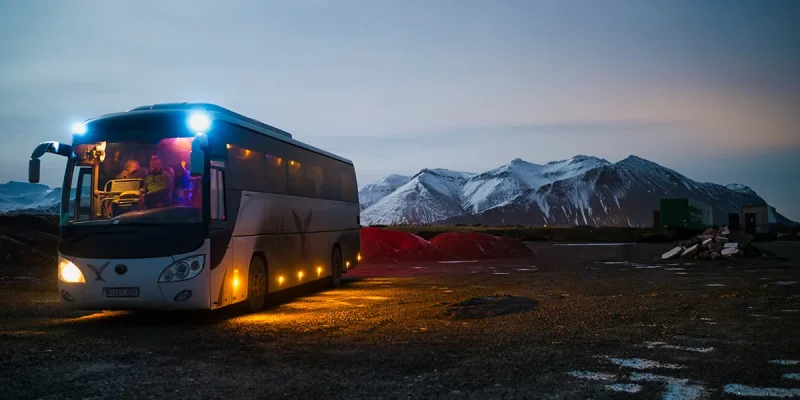
Transportation Information
- How to Reach: The trek to Rara Lake begins from Nepalgunj, which is accessible by flight from Kathmandu. From Nepalgunj, a 1-hour flight to Talcha Airport, followed by a short trek, takes you to Rara Lake.
- Local Transportation: From Talcha Airport, trekkers will need to hike to the lake and surrounding areas. The trail is well-marked, but it’s advisable to trek with a guide or porter for a more enriching experience.
- Trekking Route: The route takes you through remote villages, forests, and meadows, with a few steep sections but relatively gradual ascents.
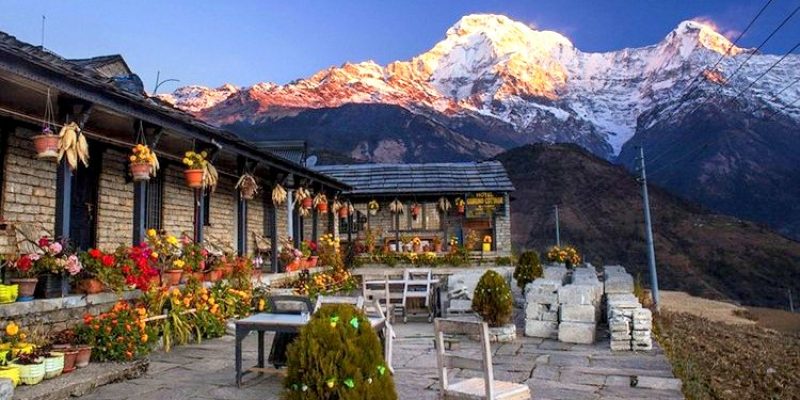
Accommodations
Accommodation on the Rara Lake Trek is mostly in basic tea houses and lodges. As this region is less developed, the facilities are more basic than in other trekking regions, but the hospitality and warmth of the locals make it an enjoyable experience.
- Price Range: Accommodation usually ranges from NPR 500 to NPR 1,000 per night.
- Facilities: Basic amenities such as beds, shared bathrooms, and simple meals are available, though some tea houses may not have electricity or hot showers at higher altitudes.
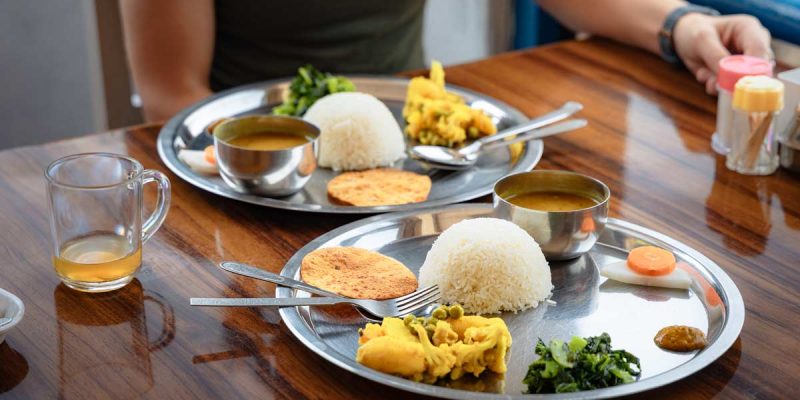
Dining and Cuisine
The food on the Rara Lake Trek is typical of Nepalese trekking cuisine, consisting of hearty meals to sustain you through the trek.
- Typical Meals: Dal bhat (lentil soup with rice), momo (dumplings), thukpa (noodle soup), and sherpa stew.
- Specialties: Try the local fish from Rara Lake, which is served in several local dishes.
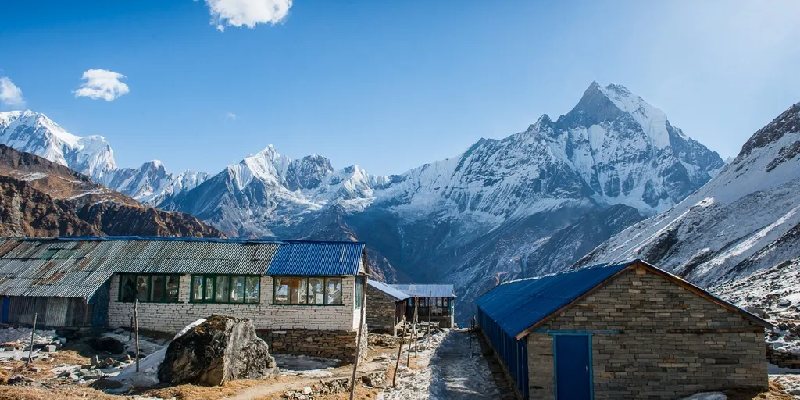
Permits and Entry Requirements
- Rara National Park Permit: NPR 1,500 (approx.)
- TIMS Card (Trekkers’ Information Management System): NPR 1,000 (approx.)
Permits can be obtained in Kathmandu or at the park entrance.
Safety Information:
- Altitude Sickness: Although Rara Lake is not extremely high, it’s important to take your time and acclimatize to avoid altitude sickness.
- Medical Facilities: There are basic medical facilities in villages like Jimbu and Talcha, but for serious medical issues, evacuation to Nepalgunj will be necessary.
- Vaccinations: It’s important to ensure you have all necessary vaccinations before embarking on the trek.
Gear and Packing Lists
- Essentials: Trekking boots, lightweight clothing for layering, waterproof jacket, hat, sunscreen, and sunglasses.
- Altitude Gear: A warm sleeping bag, insulated jacket, trekking poles, and a headlamp.
- Extras: Camera, power bank, and a water purifier.
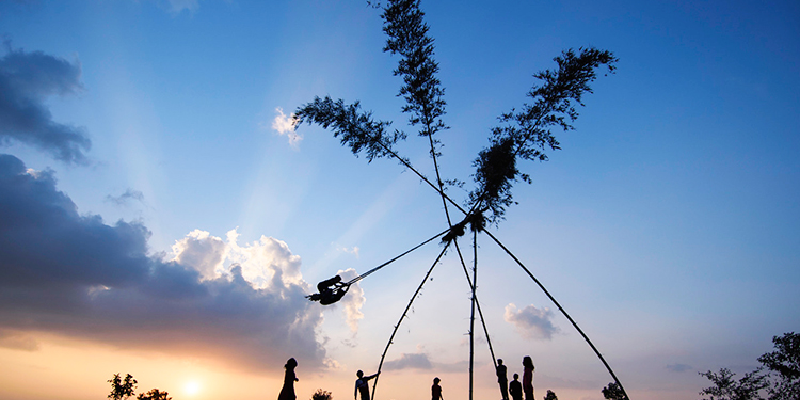
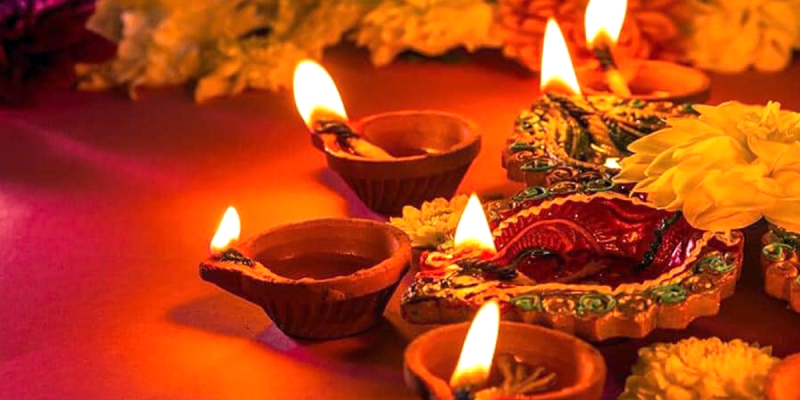
Local Festivals and Events
- Dashain and Tihar are celebrated in the region (October-November).
- Lhosar (Tibetan New Year): A major festival in the Tibetan-influenced areas of the region, celebrated with dances, prayers, and offerings.
- Buddha Jayanti: Celebrated in honor of Lord Buddha’s birth, with rituals and ceremonies.
Lets Plan A Trip
